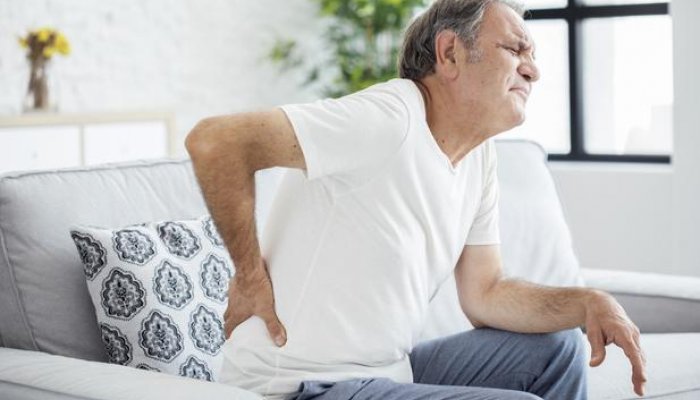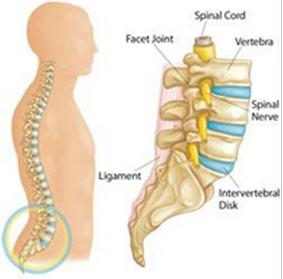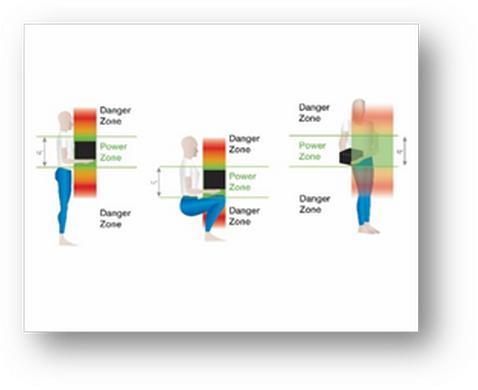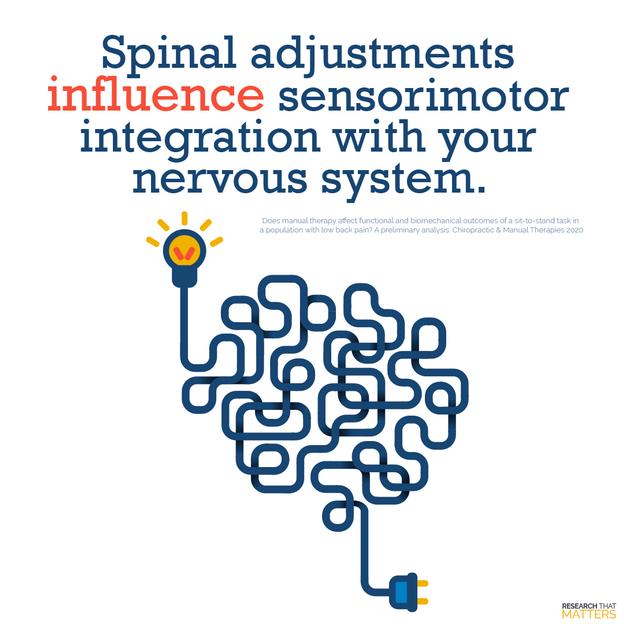Do I Have Lumbar Stenosis?

Lumbar stenosis is a narrowing of the spinal canal in the lumbar vertebrae (low back) and it can cause a lot of pain. You may hear the term “spinal stenosis” and wonder if they are the same thing.
Let’s define a few terms.

The lumbar spine consists of five vertebrae in the lower part of the spine, located between the ribs and the pelvis.
Spinal stenosis is a general term for a narrowing of the spaces within your spine. This narrowing puts pressure on the nerves that travel through the spine. Spinal stenosis occurs most often in the lower back (lumbar region) and the neck (cervical region).

Therefore, stenosis of the lower back is called lumbar stenosis. Specifically, lumbar stenosis is a narrowing of the spinal canal among the lumbar vertebrae. The effect is to compress the nerves traveling through the lower back into the legs.
What Are the Symptoms of Lumbar Stenosis?
Often this compression of the spinal cord leads to pain, numbness, discomfort and radiating symptoms throughout the lower back and down the legs.
Here’s a list of possible, specific symptoms of lumbar stenosis:
- Numbness or tingling in the foot or leg.
- Weakness in the foot or leg.
- Pain or cramping in the leg (or both legs) when standing for a long time. This can also occur when walking and is relieved if you bend forward or sit.
- Back pain in the lumbar (lower) region.
The last symptom on the list is back pain. Yet, back pain comes from a host of reasons and lumbar stenosis is just one of them. Look for some of the other symptoms to be present as well as talking to a health care professional to determine the diagnosis of your pain.

Why Do I Have Lumbar Stenosis?
Here are the most common causes of lumbar stenosis:
Aging
As we age, our vertebrae, like the rest of our body, begin to degenerate slowly. This is the most common cause of stenosis.
Herniated Disk
The shock absorbing material between your vertebrae dry out with age. Some of it may escape through cracks in the disk and then press on the spinal cord.
Overgrowth of Bone
Osteoarthritis on your spinal bones can damage them and form bone spurs. These may grow into the spinal canal and press on the nerve.
Stiff and Thick Ligaments
The ligaments that support and hold the bones of your spine together may bulge into the spinal canal.
Here are some other potential causes, but they are rare:
Paget's Disease
A bone disease, can also cause bone overgrowth in the spine.
Dwarfism (achondroplasia)
Spinal stenosis can be a feature of dwarfism.
Tumor
It’s uncommon, but abnormal growths can form inside the spinal cord and between the vertebrae.
Spinal Injury
Trauma to the spinal column can cause tissue to swell and put pressure on the spinal cord or nerves.
What Should I Do If I Have Lumbar Stenosis?
We can’t stop ourselves from getting older, but there are some lifestyle changes you can make to protect the spine and lessen the chance for pain.
Watch How You Bend and Lift
You can greatly reduce your chance of disk herniation by practicing proper bending and lifting biomechanics.
- Lift by the power of your hips and legs and not your back. Engage your abs, glutes, and thighs so that you are stabilized and using the strength of the legs.
- Bend the knees.
- Keep the back straight.
- Keep a wide base - meaning, spread the feet a little wider than hip width - when lifting heavy and wide loads.
- Keep the load close and between the elbow and shoulders.
- This is called the Power Zone.

The more you can follow these tips, the less fatigue on your body and the less chance you have of a disk herniation.
Get Your Calcium
Women and men need approximately 1,000 milligrams of calcium each day. After the age of 50 for women and 70 for men, the daily requirement increases to 1,200 milligrams.
Good sources of calcium are:
- Low-fat dairy products
- Dark green leafy vegetables
- Canned salmon or sardines with bones
- Soy products, such as tofu
- Calcium-fortified cereals and orange juice
Weight Training
Weight-bearing exercises can help build new bone tissue. Start slowly and work with an experienced trainer to avoid injury. Add healthy proteins to your diet while training to assist in building new bone tissue.
Lumbar stenosis has often been treated by surgery. But, research shows that non-surgical treatment is just as effective!

Can Chiropractic Care Help Lumbar Stenosis?
Yes. Research shows that chiropractic care is at least as effective as surgery.
When you come see us at Daniels Chiropractic we will first listen to your story. We work hard to carefully understand what is bothering you. Then we will assess your muscle, bone, and joint function through a physical exam, much like a physical exam performed by your primary care doctor or a physical therapist.
You will get a clear explanation of what is wrong and what we can do for you. If another form of care would serve you better, we will refer you to other primary & specialty care providers.
Finally, you will go home with a plan. This plan includes what we will do in the office and how you can accelerate your healing with stretches, exercises, ice and heat.
The plan may include stretches, strengthening exercises, and spinal adjustment. Each of these can remove pressure, alleviate muscular tightness, increase range of motion, and reduce your pain.
Come See Us
We are committed to helping you feel, move, and live better.
So, if you’re ready to feel better, give us a call at 262.638.9999 to make an appointment.
Daniels Chiropractic Office
2609 Rapids Drive
Racine, WI 53404
Phone: 262.638.9999
Fax: 262.638.0742
Source:
This article produced with the help of the Chiropractic Success Academy.
